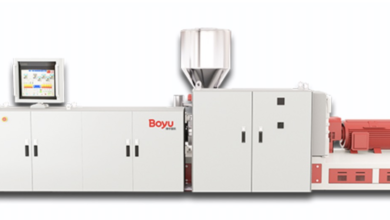Diagnosing comfort and safety system faults – Advanced comfort and safety systems technology

Introduction
As with all systems the six stages of fault-finding should be followed.
- Verify the fault.
- Collect further information.
- Evaluate the evidence.
- Carry out further tests in a logical sequence.
- Rectify the problem.
- Check all systems.
The procedure outlined in the next section is related primarily to stage 4 of the process.
Testing procedure
The following procedure is very generic but with a little adaptation can be applied to any electrical system. Refer to the manufacturer’s recommendations if in any doubt. The process of checking any system circuit is broadly as follows.
ECU auto-diagnostic function
Many ECUs are equipped to advise the driver of a fault in the system and to aid the repairer in detection of the problem. The detected fault is first notified to the driver by a dashboard warning light. A code giving the details is held in RAM within the ECU. The repairer, as an aid to fault-finding, can read this fault code
Each fault detected is memorized as a numerical code and can only be erased by a voluntary action. Only serious faults will light the lamp but minor faults are still recorded in memory. The faults are memorized in the order of occurrence.
Fault-finding by luck
If four electric windows stopped working at the same time, it would be very unlikely that all four motors had burned out. On the other hand, if just one electric window stopped working, then it may be reasonable to suspect the motor. It is this type of reasoning that is necessary when fault-finding. However, be warned, it is theoretically possible for four motors to burn out apparently all at the same time!
Using this ‘playing the odds’ technique can save time when tracing a fault in a vehicle system. For example, if both stop lights do not work and everything else on the vehicle is OK, I would suspect the switch.
Nonetheless a quick test at the switch with a voltmeter would prove the point. Now, let us assume the switch is OK and it produces an output when the brake pedal is pushed down.
For the purpose of this illustration we will assume the open circuit is just before point ‘I’. The procedure continues in one of the two following ways.
Cruise control and system response
Many cruise control systems work by the proportional-integral control technique. Proportional control means that an error signal is developed via the feedback loop, which is proportional to the difference between the required and actual outputs. The final output of a cruise control system is the vehicle speed but this depends on the throttle position, which is controlled by the actuator. The system electronics must take into account the lag between throttle movement and the required change in vehicle speed.
Radio suppresser calculations
Capacitors and inductors are used to act as filters. This is achieved by using the changing value of ‘resistance’ to alternating signals as the frequency increases. The correct term for this resistance is either capacitive or inductive reactance.
The slang tech refers to technical terminology or jargon used by individuals in the technology field. It includes abbreviations, acronyms, and specialized language specific to technology-related subjects.
Last word
By choosing suitable values of a capacitor in parallel and or an inductor in series it is possible to filter out unwanted signals of certain frequencies. To home in on a specific or resonant frequency a combination of a capacitor and inductor can be used.





